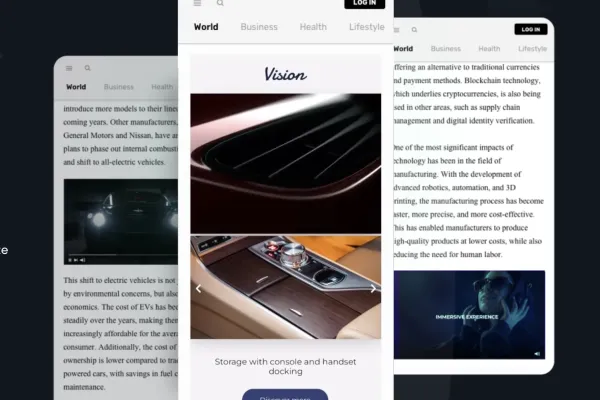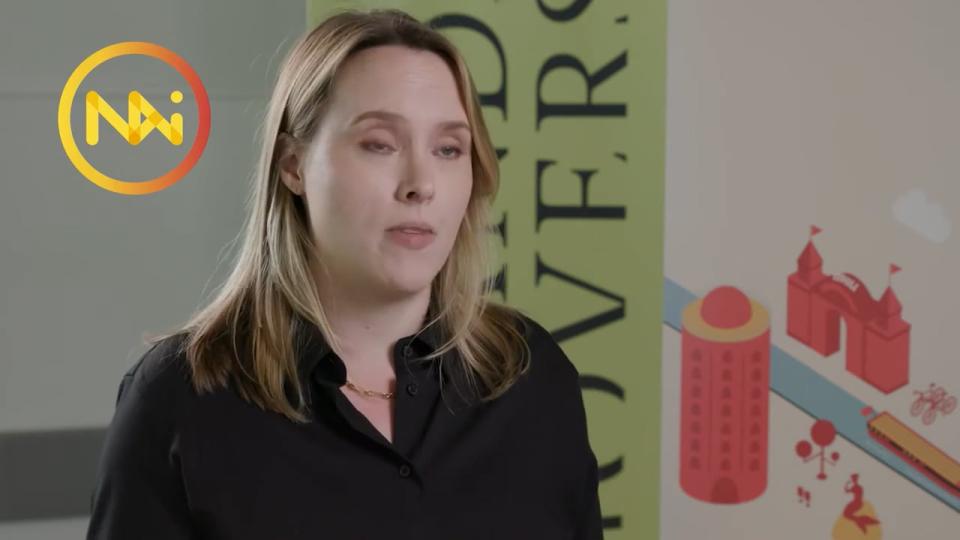
 Details
Details
The hardest thing for advertisers, marketers and content creators is to consistently engage their desired audiences.
In an attempt to make this easier, Forbes created the native platform BrandVoice back in 2012. The decision to design the platform with an editorial mindset was intentional, Adam Wallitt, Group Vice President, Data Strategy & Sales at Forbes, tells the Native Advertising Institute.
“It gives advertisers the same platform our staff writers have. They can publish in any format they want, they can publish wherever they want on the site or how often they want, depending on the product they buy within BrandVoice,” he says.
Instrumental in coming up with future topics
Over the past 11 years, the platform has been used by nearly 400 partners for 20,000 posts resulting in more than 300 million page views.
By providing cross-platform promotions, high levels of discoverability, targeting, transparency and expert consultancy at each stage, Forbes ensures brand stories, insights and points of view consistently reach and resonate with the right audience.
“The data that we’re able to provide back to our BrandVoice audiences is instrumental for them in coming up with future topics to write about,” Wallitt says. “It also helps them understand which types of native ads their audiences are engaging with. It allows them to have greater creative flexibility in the topics, the visual aides and the video that they’re writing about and presenting to their potential customers.”
Confidence in the data
Through BrandVoice, Forbes tracks engagement with influencers, reach and amplification. Through a content analytics pixel, partners can also track content engagement using the same metrics they employ to measure their owned media properties, corporate blogs or content hubs.
However, according to Wallitt, Forbes takes a slow measured approach to all the new segments that are created through the data of the BrandVoice platform.
“The biggest challenge is to maintain the integrity of a specific cohort. We don’t want to say, ‘We’ve reached 10 people in this cohort, let’s put it out to our advertisers so they can reach those 10 people.’ We need to reach an audience of a scale that they care about. We need to make sure that we are confident in the data that we’re providing them. If the data is not useful and it is not helpful, then the advertisers will go somewhere else,“ he says.
Half data, half art
But Wallitt is the first to admit that creating engaging content isn’t simply about following the data. It’s a combination of two fundamental elements in content creation.
“Half of it is data, and half of it is art,” he says.
“You can’t tell an author, ‘Here’s the data, this is exactly what you have to write about.’ I think creativity is extremely important but if you can make a data-lead decision on what you’re going to do creatively, I think that will help out. We’ve seen that it has helped out our advertisers so far.”




